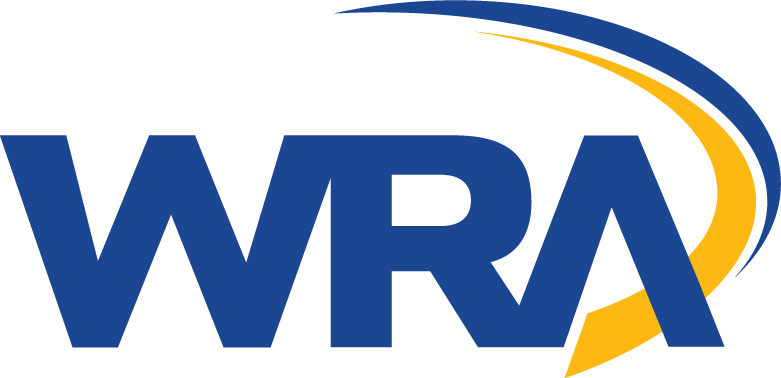Maryland aims to add mass appeal to mass transit..
The state passes the Transportation Infrastructure Investment Act of 2013 in hopes of improving and increasing commuter options.
An 82-year old school in Southwest Baltimore starts anew.
WRA designs a 60,000 square-foot expansion for Violetville Elementary and rehabs the historic building.
"All of us have a role to play in building an education system that is worthy of our children." President Barack Obama.
The American Recovery and Reinvestment Act (ARRA) of 2009 provides $100 billion to meet the needs of schools in the midst of the economic crisis.
Highway speed toll lanes provide a fast lane for the recovery..
With a stimulus grant, WRA helps modernize the Newark Toll Plaza, easing congestion for the 28 million vehicles that use it.
The Great Recession's grip..
As unemployment jumps to 10%, the White House passes a $780 billion economic stimulus to jump-start the economy.
...and America is ready for it..
WRA redesigns and redevelops the Air National Guard headquarters into a modern, open and flexible facility, enhancing its ability to respond to threats, worldwide.
The terrorist threat intensifies....
On June 2, 2007, four terrorists are arrested and charged with a plot to blow up JFK International Airport in New York City.
Bay-saving funds filter down to wastewater facilities in need..
With a grant from the state, WRA upgrades the Cumberland Wastewater Treatment Plant with industry leading Enhanced Nutrient Remove technology.
Six states and the District of Columbia come together for the Chesapeake Bay..
The Chesapeake 2000 Agreement aims to dramatically improve water quality in the bay and its tributaries.
A rail to bridge Baltimore..
In 2006, WRA studies the feasibility of a new 14-mile transit line through the city—the first comprehensive plan for a rail system in nearly 40 years.
